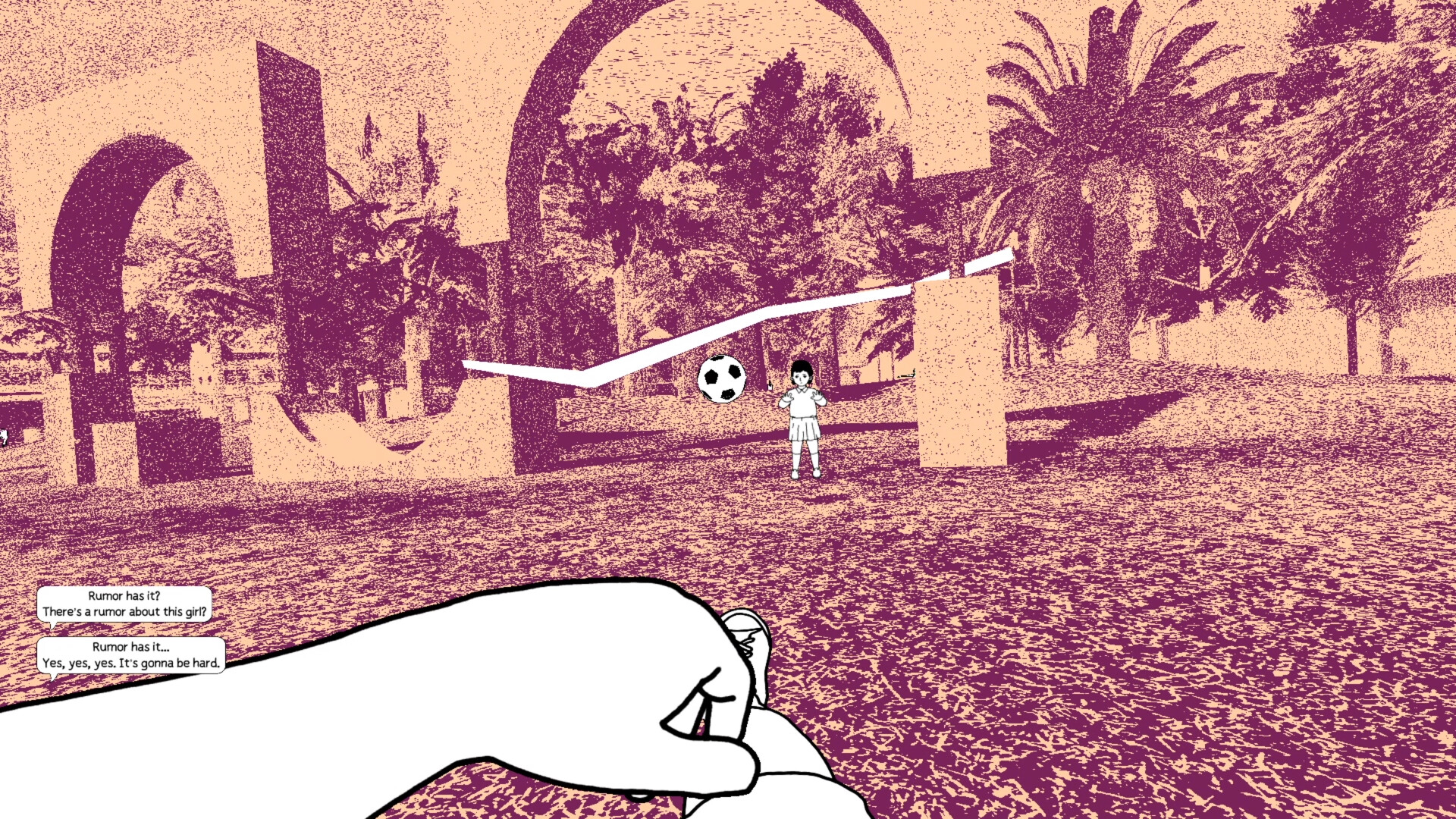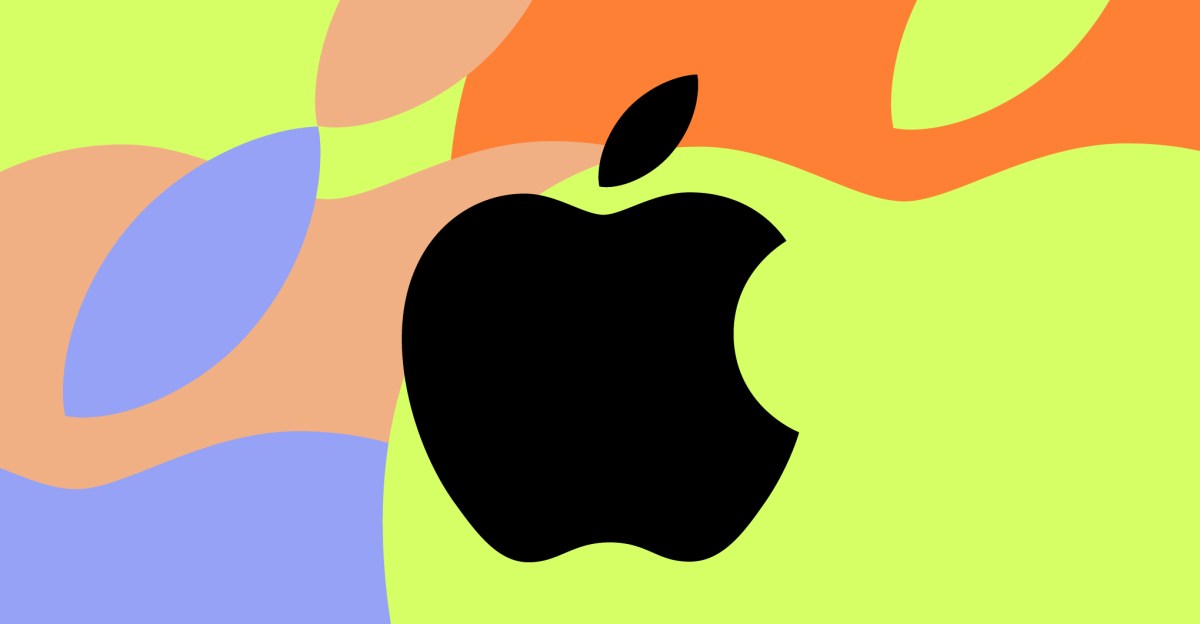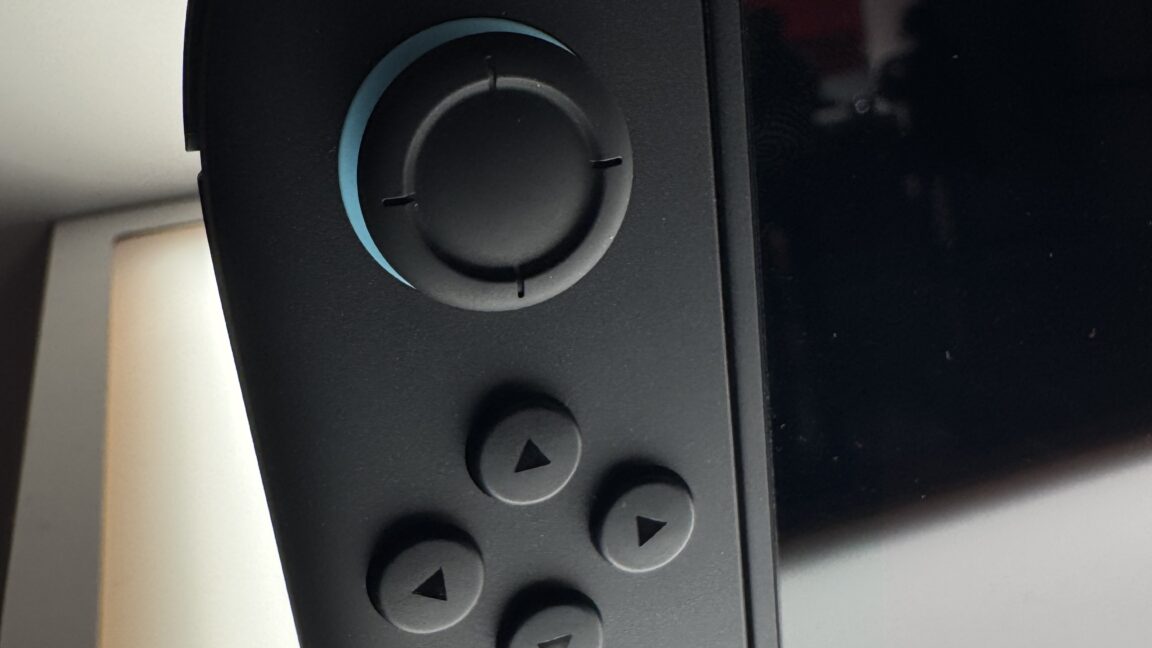Touchscreen Takeover: Are Car Dashboards About to Get Unplugged?
Technology
2025-03-29 11:00:23Content
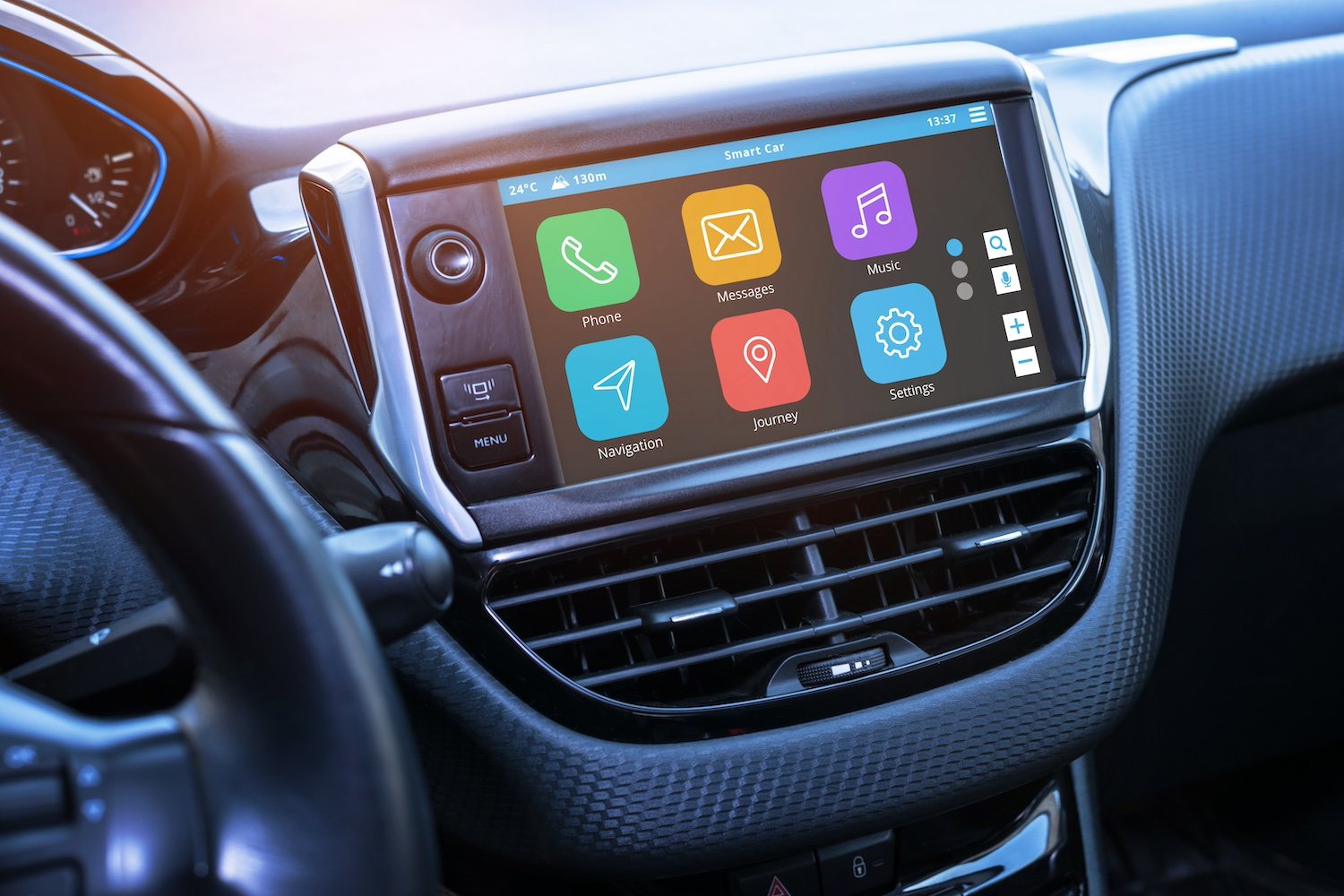
The love affair between drivers and high-tech touchscreens is rapidly cooling. Once hailed as the pinnacle of automotive innovation, these sleek digital interfaces are now facing growing criticism from frustrated drivers who find them more distracting than convenient.
Modern vehicles have increasingly replaced traditional buttons and knobs with expansive touchscreen displays, promising a futuristic driving experience. However, the reality is far from the glossy marketing promises. Drivers are discovering that these complex interfaces often require multiple taps and swipes to complete simple tasks, taking their attention away from the road.
Safety experts and consumer groups are raising concerns about the cognitive load these touchscreens impose on drivers. Unlike physical controls that can be operated by muscle memory, touchscreens demand visual concentration, potentially increasing the risk of accidents.
Automotive manufacturers are beginning to hear the mounting criticism. Some brands are now reconsidering their all-digital approach, exploring hybrid solutions that blend touchscreen technology with tactile controls. The message is clear: drivers want technology that enhances, not complicates, their driving experience.
As the automotive industry continues to evolve, the future of in-car interfaces remains uncertain. One thing is becoming increasingly evident: simplicity and intuitive design are becoming just as important as cutting-edge technology.
The Digital Dashboard Dilemma: Why Drivers Are Rejecting High-Tech Infotainment Screens
In the rapidly evolving landscape of automotive technology, a surprising rebellion is brewing among car owners. The once-celebrated touchscreen interfaces that promised to revolutionize driving experiences are now facing unprecedented scrutiny, challenging manufacturers' assumptions about what drivers truly want in their vehicles.The Tech Revolution Hitting a Roadblock: When Convenience Becomes Complexity
The Ergonomic Nightmare of Modern Infotainment Systems
Modern automotive interfaces have transformed from simple control panels to complex digital ecosystems that demand unprecedented cognitive load from drivers. Unlike traditional physical buttons that could be operated by muscle memory, touchscreens require visual attention, forcing drivers to divert their eyes from the road. Automotive ergonomics experts have increasingly raised concerns about the safety implications of these intricate digital interfaces. Neurological studies suggest that interacting with multi-layered touchscreen menus creates significant mental strain. Drivers must navigate through multiple screens, submenus, and touch-sensitive zones, dramatically increasing the cognitive complexity of performing simple tasks like adjusting temperature or changing radio stations. This cognitive overload directly contradicts the original intention of creating more intuitive automotive interfaces.User Experience: The Silent Consumer Revolt
Consumer feedback has become increasingly vocal about the shortcomings of these high-tech dashboards. Many drivers report frustration with laggy responses, unintuitive design, and the complete elimination of tactile feedback. The physical sensation of pressing a button or turning a knob has been replaced by sterile, impersonal touch interactions that feel disconnected from the driving experience. Automotive market research indicates a growing demographic preferring simpler, more direct control mechanisms. This trend is particularly pronounced among older drivers and those who prioritize functional simplicity over technological complexity. The psychological comfort of immediate, predictable interactions is being sacrificed at the altar of digital innovation.Safety Concerns: Beyond Aesthetic Innovation
Safety researchers have compiled compelling evidence demonstrating the potential risks associated with touchscreen-dependent interfaces. Studies reveal that drivers using touchscreens spend significantly longer looking away from the road compared to traditional control systems. These momentary distractions can increase accident risks exponentially, challenging the very premise of technological advancement in automotive design. The National Highway Traffic Safety Administration has begun scrutinizing these interfaces more closely, recognizing that technological complexity doesn't always translate to improved user experience or safety. Some manufacturers are already exploring hybrid solutions that combine touch interfaces with strategic physical controls to mitigate these concerns.The Economic and Environmental Perspective
Beyond user experience, touchscreen-heavy designs introduce substantial economic and environmental considerations. These complex systems are significantly more expensive to manufacture and repair compared to traditional control mechanisms. The intricate electronic components require specialized expertise and often necessitate complete system replacements when individual components fail. Moreover, the rapid technological obsolescence of these systems creates additional electronic waste. Unlike mechanical controls that could remain functional for decades, digital interfaces become outdated within relatively short timeframes, contributing to increased environmental burden and consumer frustration.The Future of Automotive Interfaces
Automotive designers are now at a critical juncture. The emerging consensus suggests a return to more balanced, user-centric design philosophies. Future interfaces will likely incorporate lessons learned from current touchscreen limitations, potentially introducing more intuitive, context-aware systems that prioritize driver safety and ease of use. Emerging technologies like gesture control, advanced voice recognition, and augmented reality displays promise more natural interaction models. These innovations aim to reduce cognitive load while maintaining the benefits of digital integration, signaling a more nuanced approach to automotive human-machine interfaces.RELATED NEWS
Technology
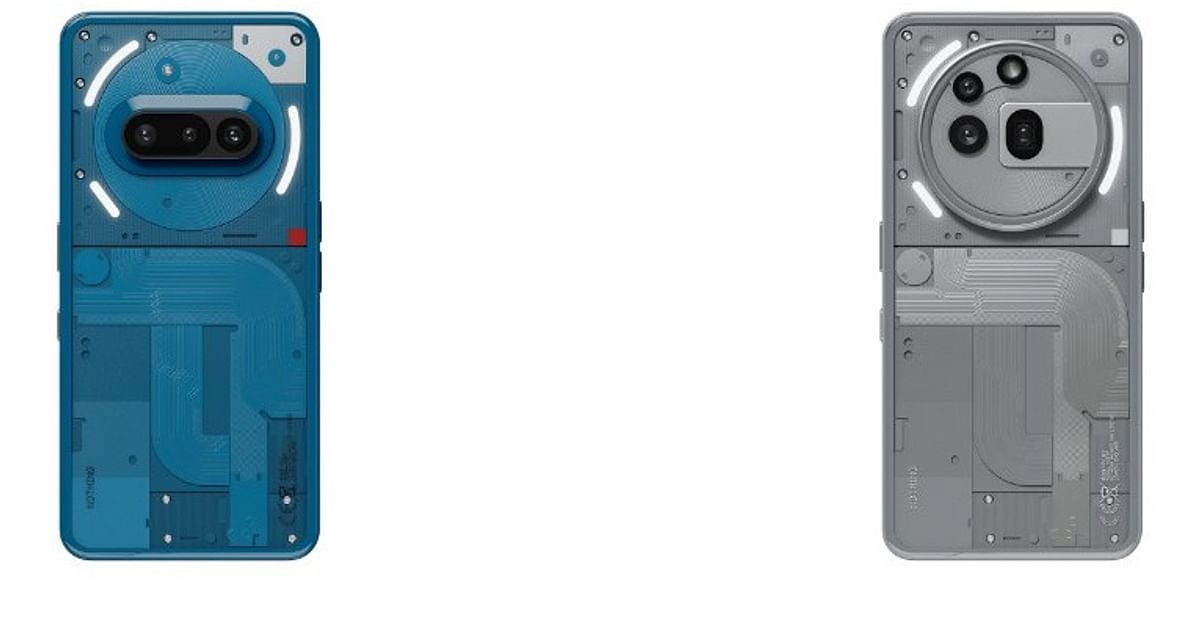
Nothing's Budget Breakthrough: Phone (3a) Series Arrives with Snapdragon Power
2025-03-04 13:15:54
Technology
Breaking: Nintendo Switch 2 Pre-Orders Unleashed – Grab Your Gaming Gateway Now!
2025-04-03 10:20:53
